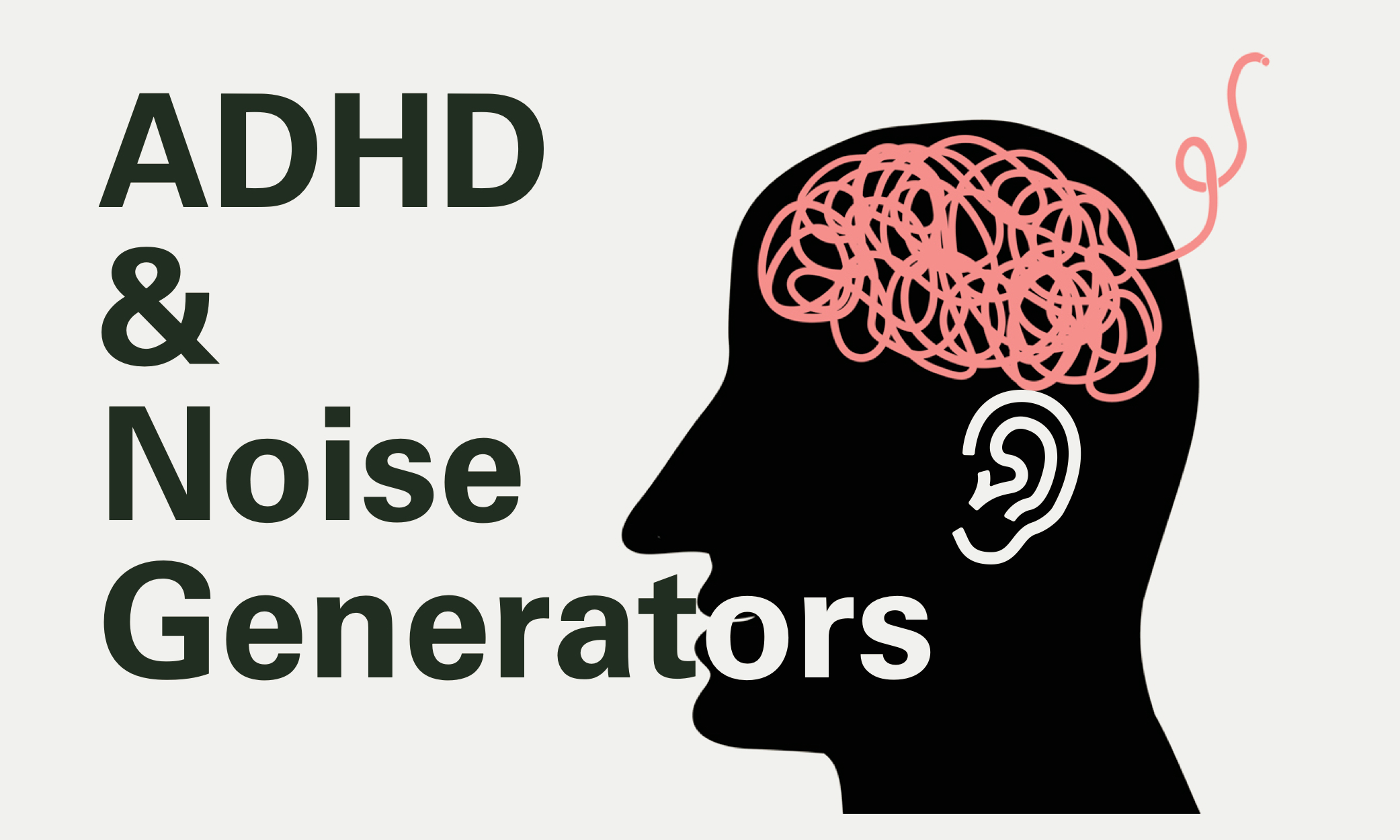FF 2.7 | Learning Riffs By Ear
7 Learning Riffs By Ear (1 Day and as enrichment)
Objectives
Transcribe single note riffs that use the E and A strings.
Procedure
Instruct students to watch the video at the top of the transcription cab and to learn a riff by ear as enrichment when they have completed individual tasks earlier in the unit.
Have students identify their favorite guitar riffs either from the lists or from other songs.
Discuss how transcribing riffs allows the player to learn a fun guitar part while strengthening the connection between the ear and the instrument.
Listen to the “Seven Nation Army” riff as a class and have students sing the riff back
Give students time to work on playing the riff from tonal memory without the use of playback. Tell them that the first note is E on the A string and that the entire riff can be played only on then A string. Here is the step by step process I share with students.
Find the first note by singing and trialing notes on the neck until one matches the range and tonality of the initial pitch.
Find the contour of the line by Identifying the next note(s) and the distance between them.
Check the transcribed section by playing back the original audio and/or either singing out loud or in your head (audiating)
Transcribe in sections and check often with a practice partner to avoid learning sections incorrectly.
Find the best fingering for each section to make it easy to play.
Learn the rhythm from listening and slowly speed up the riff to the target tempo.
Adjust technique to add dynamics and articulation to match the style of the original recording.
Show students how to use the playback on the transcription page to help with this process and give them time to learn the riff.
After an allotted amount of time, call on individual students to play what they have transcribed. Celebrate small successes in student transcriptions- even if they are small.
Allow students to choose their own riff from the list and have them work on completing the transcription.
Have students share out what they have learned at the end of work periods.
Assessment
I do not do formal assessments on the product of this activity, but the process of learning something by ear is important to informally assess during working period. Have regular check ins with students while they are transcribing and give them feedback on their process to help them with future transcriptions.
What To Look For
The Process: Students should be following the process presented in step 4 of the lesson procedure. They should be singing out loud and or audiating the riff to help with tonal memory. Guitarists should be checking their progress often with a practice partner and referencing the original track often to avoid learning the riff incorrectly.
The Product: The riff is played with note and pitch accuracy at the original tempo of the song. It is played with confidence and appropriate style elements are applied.
Feedback: “Catch” students that are demonstrating a methodical transcription process and tell the class what you like about their process. When conferencing with individual students, prompt them to follow the transcription process and encourage them even if they are struggling with some notes. Try not to over-guide their riff learning by giving them notes, instead ask them students questions about pitch direction and interval so they can find their own notes.
Opening and Closing Activity Ideas:
Opening 5 min: Have the question, “How do you play the sounds you hear in your head?” on the board as students come in to class. Have them write down their answer in their practice journal after they take their seats. Discuss student answers and guide them to a discussion of the comprehension (hearing contour) and retention (pitch memory) steps in the transcription process.
Closing 5 min: Ask students to play excerpts of the riffs that they have learned by ear for their practice partner. Prompt them to reflect on their transcription process and answer these question in their practice journal: What were my successes in transcription? What was difficult? How can I get better at transcribing? Why is it an important skill?
Differentiation
Remediation: Put students that are struggling into groups to help each other. Encourage discussion in these groups and model this type of dialogue- ensuring an even distribution of responsibility.
Enrichment: Encourage more advanced players to make their riffs sound EXACTLY like the original by including dynamics and articulation- this way they are copying playing style as well as notes and rhythms. You can also let more advanced students choose riffs that are more challenging from the transcription tab OR they can choose their own riffs to learn from original recordings.
Notes
Students will probably ask why they can’t use a tutorial or TABS to learn a lick. I tell them that they get better at using their ear every time they learn a lick from a recording and it will help them with future aural learning, songwriting, and soloing. If they use a tutorial video to learn the lick, the person who is presenting the tutorial is the one who got better learning the riff. They might learn the riff, but they won’t get better at learning riffs. Celebrate as many successes as possible when students start learning riffs by ear. If they feel good about their successes (even if they are small) they will be more likely to transcribe in the future.





